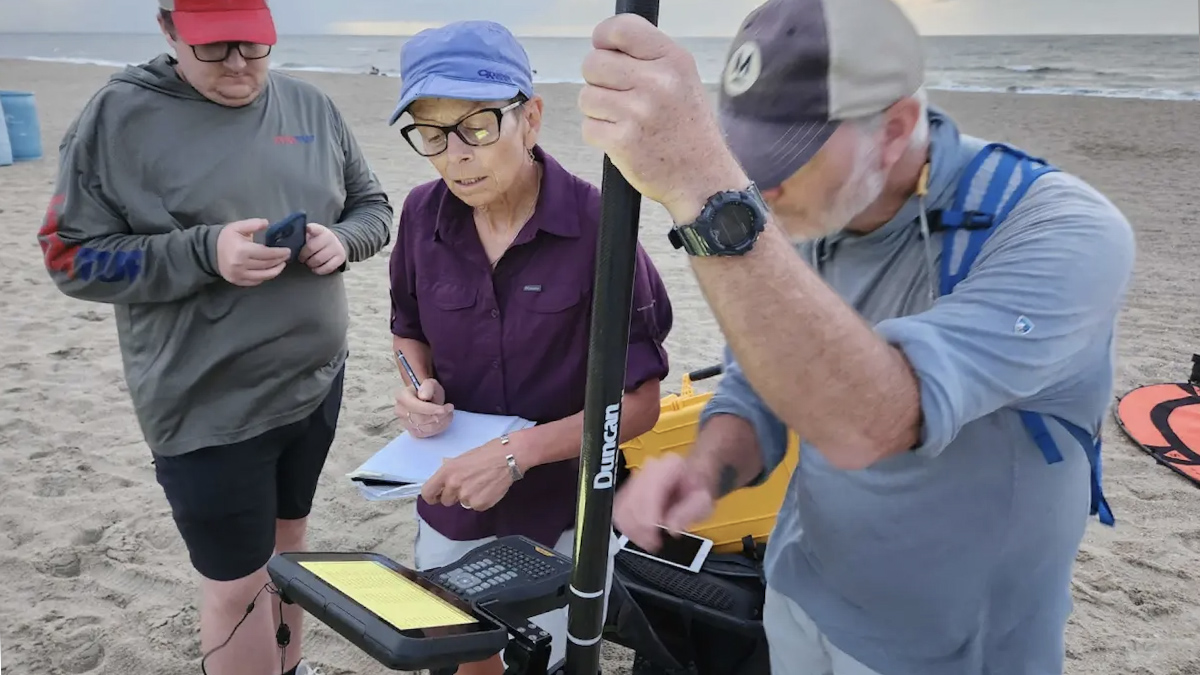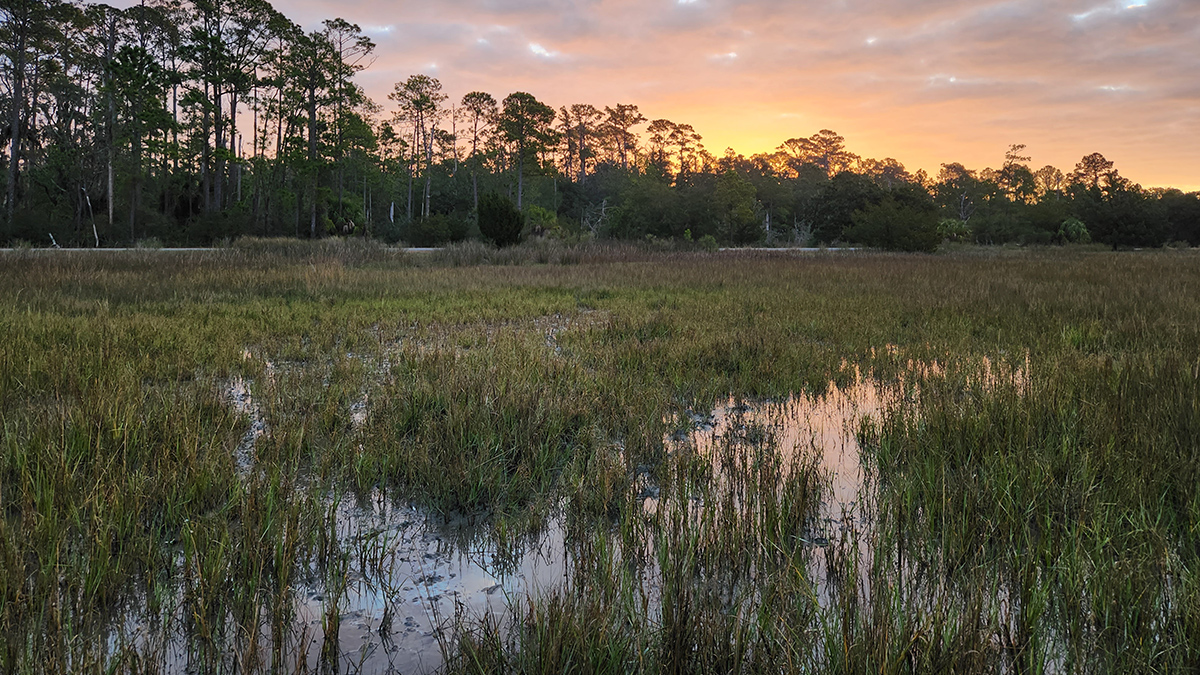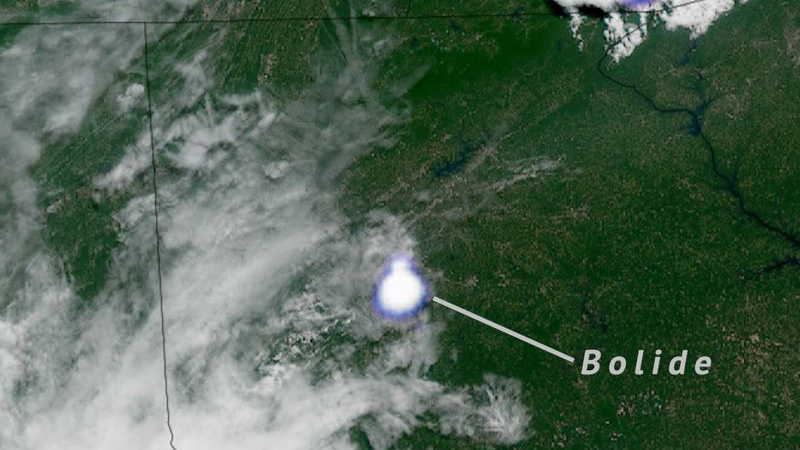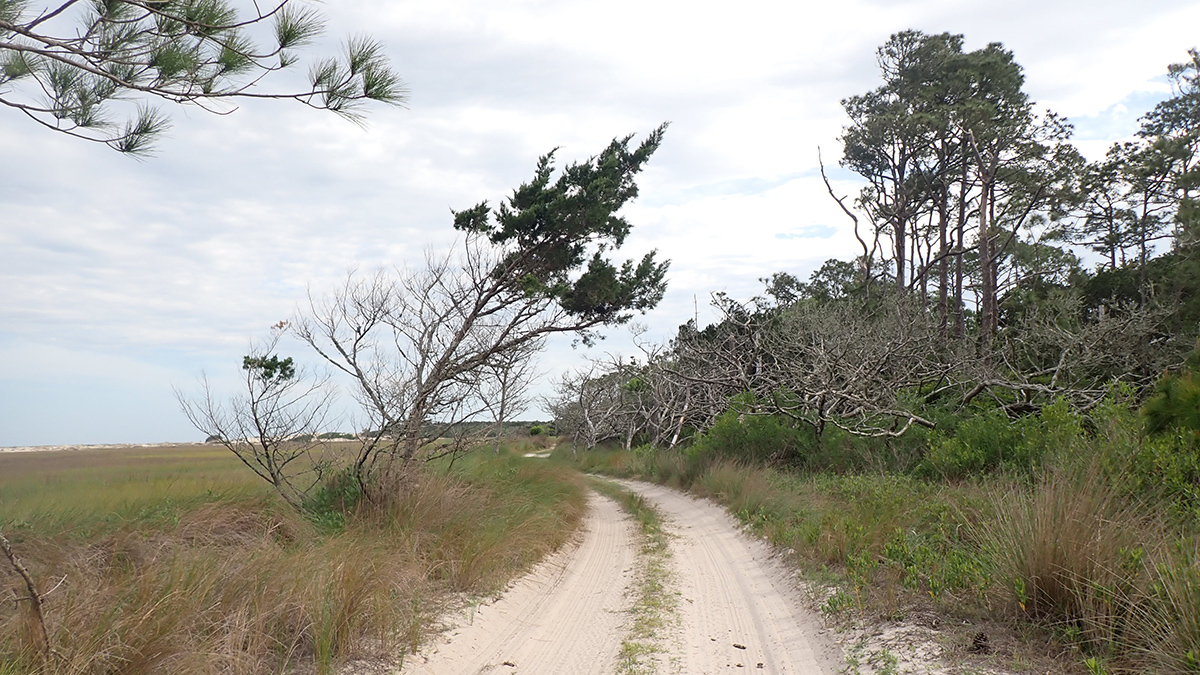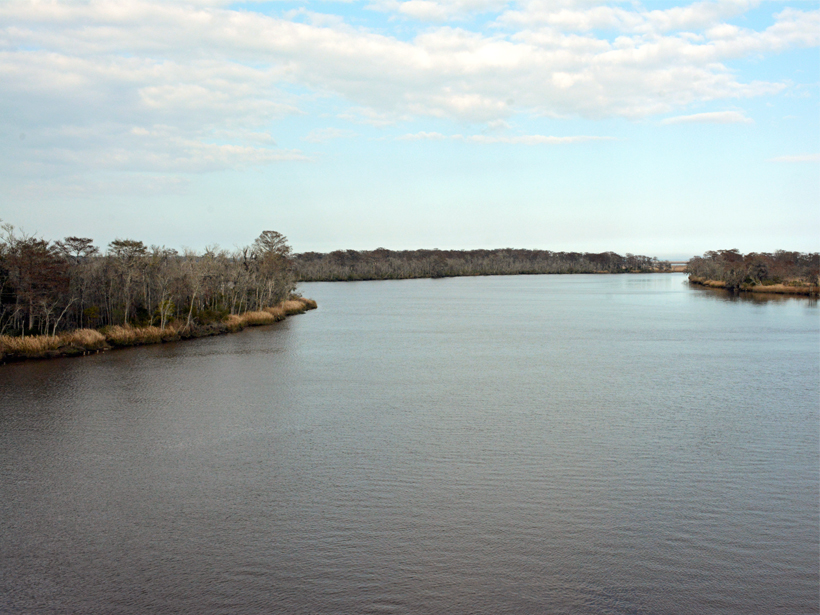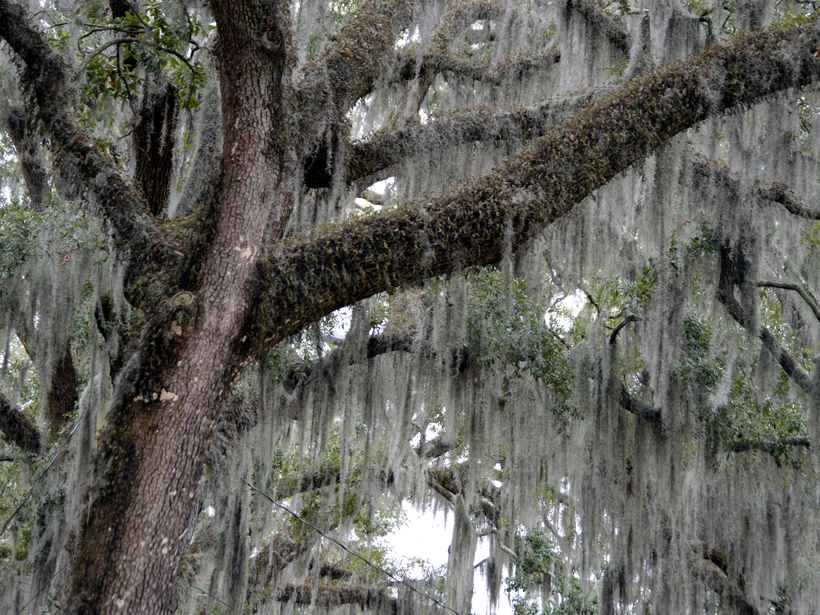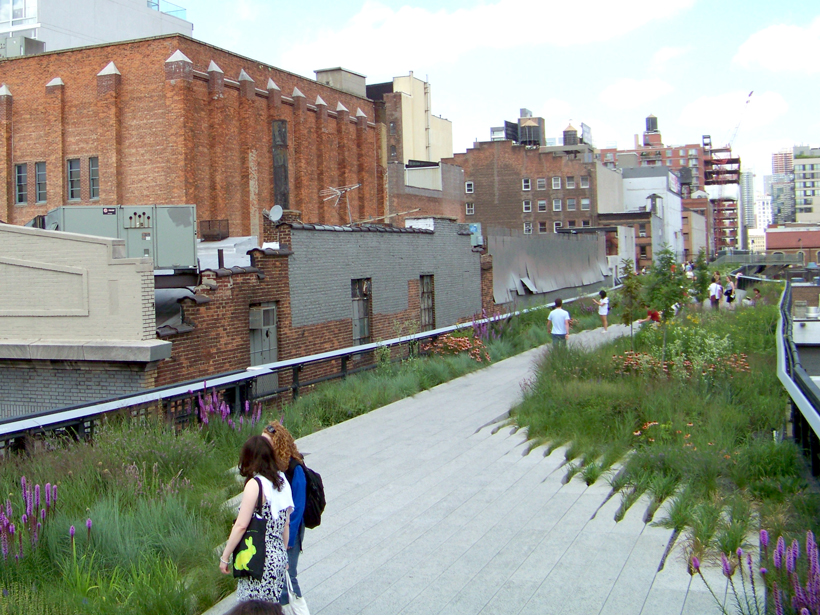Armed with drones and lasers, scientists are creating detailed 3D maps of Tybee Island’s shifting shoreline.
Georgia (US)
Machine Learning Model Flags Early, Invisible Signs of Marsh Decline
Decreases in underground plant biomass could signal future marsh loss and prompt conservation measures.
Fireball Passes Over Southeastern United States
It’s a bird! It’s a plane! It’s… a bolide!
Flood Prediction Could Boost Road Resilience off Georgia’s Coast
Researchers and community members worked together to develop recommendations for how Little Cumberland Island can mitigate flooding hazards.
Tracking Dissolved Organic Matter in Coastal Ecosystems
Dissolved organic matter supports aquatic food webs and holds as much carbon as the atmosphere. A new study tracks which sources and processes play the biggest role in coastal systems.
Upper Estuaries Found to Be Significant Blue Carbon Sink
Inland from the seagrass and salt marsh ecosystems that border the ocean, upper estuaries store more carbon than previously realized and could play an important role in mitigating climate change.
Mossy Oaks Are Dripping with Organic Matter
Epiphyte-bearing trees leach carbon when it rains.
AGU's Thriving Earth Exchange Links Science with Small Towns
Scientists and students collaborate with communities to create a greener municipal building in Midway, Ga., and assess residents' vulnerability to warming climate in Brookline, Mass.
Are U.S. States Prepared to Manage Water in a Changing Climate?
An empirical study of water allocation and planning in five states concludes that they lack a statewide strategy to manage the impacts of climate change on water resources.

